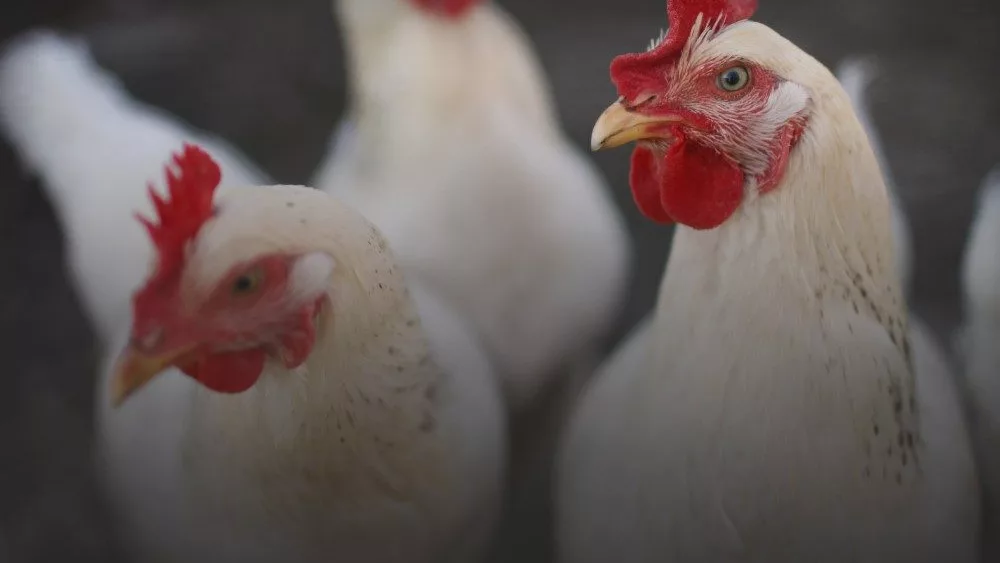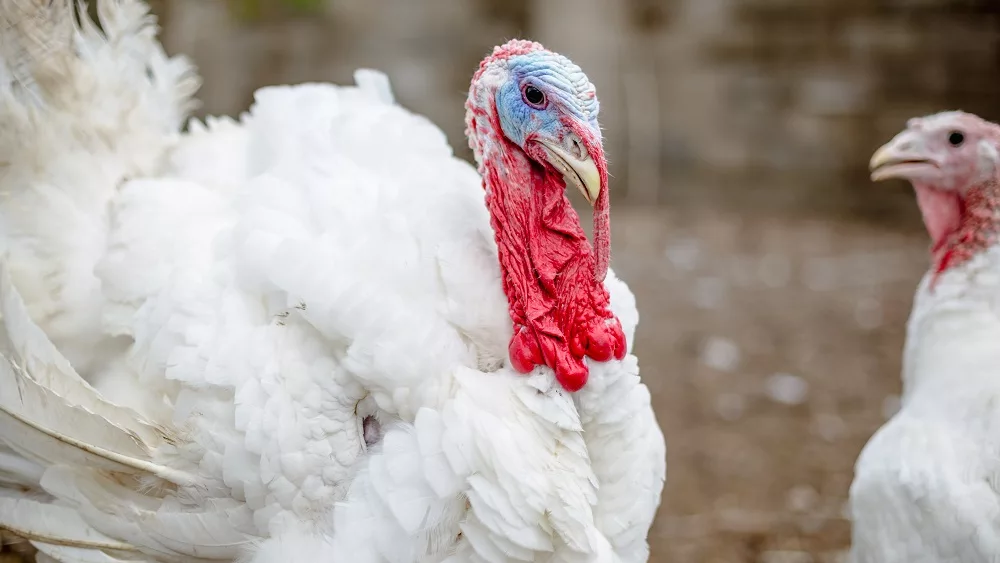Corn and soybean harvest in Indiana is a bit behind the 5-year average pace and so is winter wheat planting. Purdue Extension Soybean and Small Grains Specialist Shaun Casteel says we normally run around 300,000 acres of wheat in Indiana, give or take 50,000-100,000 acres depending on the year and depending on the prices.
Casteel encourages growers to plant their wheat within the two-week period following the Hessian fly-free date, which ranges from Sept. 22 in the far northern part of Indiana to Oct. 9 in the far southern part.
“There are guys that certainly push it and push it before that. They like to get to the crop off and go ahead and plant and get it done. There is a little bit of risk with Hessian fly coming in. That’s why we have it. It’s about temperatures, it’s about the conditions that are conducive to that fly to infect the wheat. So, we wait until afterwards, what’s historically cooler temperatures, so then we don’t have that infestation.”
 Another disadvantage to planting too early is, “we can get a lot of just fall growth and you get too much of that growth you can have a good disease presence,” Casteel explains. “That’s not good. Soilborne diseases come into play. You get even some viruses that get vectored by some insects because there is so much of that material there. So, we do try to hedge that a little bit with when is the calendar helping us? And when we talk about the calendar, it’s about field conditions, soil temperatures, air temperatures, and the lifecycle of our pest, whether it’s insects or whether it’s diseases.”
Another disadvantage to planting too early is, “we can get a lot of just fall growth and you get too much of that growth you can have a good disease presence,” Casteel explains. “That’s not good. Soilborne diseases come into play. You get even some viruses that get vectored by some insects because there is so much of that material there. So, we do try to hedge that a little bit with when is the calendar helping us? And when we talk about the calendar, it’s about field conditions, soil temperatures, air temperatures, and the lifecycle of our pest, whether it’s insects or whether it’s diseases.”
Only 4% of Indiana’s winter wheat crop is planted compared to 10% last year. Casteel says we’re still in a good spot and there’s no need to make any plan adjustments at this point.
“Seeding rates are going to be typically still 1.3-1.5 million seeds assuming we get good germination and things like that. Right now, I don’t see any reason to make changes on those.”
Casteel discusses much more on wheat planting and soybean harvest in the Purdue Crop Chat podcast, found below.




